Interview: Daniel Bortz
The DJ-producer invites XLR8R to his Augsburg studio to discuss his artistic principles and processes.

Interview: Daniel Bortz
The DJ-producer invites XLR8R to his Augsburg studio to discuss his artistic principles and processes.

So widely respected, so seldom acknowledged: Daniel Bortz is an enigmatic character. Besides that fact that he lives in Bavaria and is a successful DJ-producer, remarkably little is known about him. He has long been recognized as an accomplished DJ—he travels extensively, though rarely can he be found on the popular festival circuit—but as a producer, he has been nothing short of prolific. A quick Google search exposes a number of his most lauded works—including 2014’s “Steady Note” and 2015’s “Hot In The Fridge”—and a scan of his Discogs page will also reveal a considerable wealth of further material, much of which continues to be played out by many of the world’s leading selectors. But this, as becomes apparent, is just the spot on the shorts of something far, far bigger. His unofficial discography, with genres spanning from downbeat to techno, is actually much greater; “I need variety,” he explains. Although some of this has not yet entered the public domain, much of it has been released under a string of monikers, some of which are yet to be attributed to him. “Even if you don’t know my music, you’ve probably heard it,” he jokes. To learn more about Bortz his production methods, XLR8R visited a visit to his home in Augsburg, Germany.
Augsburg is a charming and historic Bavarian city that oozes character. The atmosphere is calm, relative to similarly-sized European cities. Located just an hour’s drive north of Munich, and with an established university within its borders, it’s no surprise that it is brimming with creatives—one of which is Bortz. Although born in Berlin, Bortz has called Augsburg home for over 15 years. His early years were spent with his mother in Freising, a nearby town, before he moved to begin a hairdressing apprenticeship at the age of just 16. It was only in 2011 that his musical endeavors allowed him to become a full time artist; the years before were spent juggling production, DJing and his responsibilities at the salon. His apartment, a four-room space just ten minutes walk from the center, houses both an impressive vinyl collection and a magnificent hardware-heavy studio, the contents of which are only now sufficient, he says, to make the music he wants. It’s been a steady process of improvement, but now the studio feels like home, he says. “This is my environment; this is where I feel comfortable.” He shares the place with his two cats, Marta and Rudi.
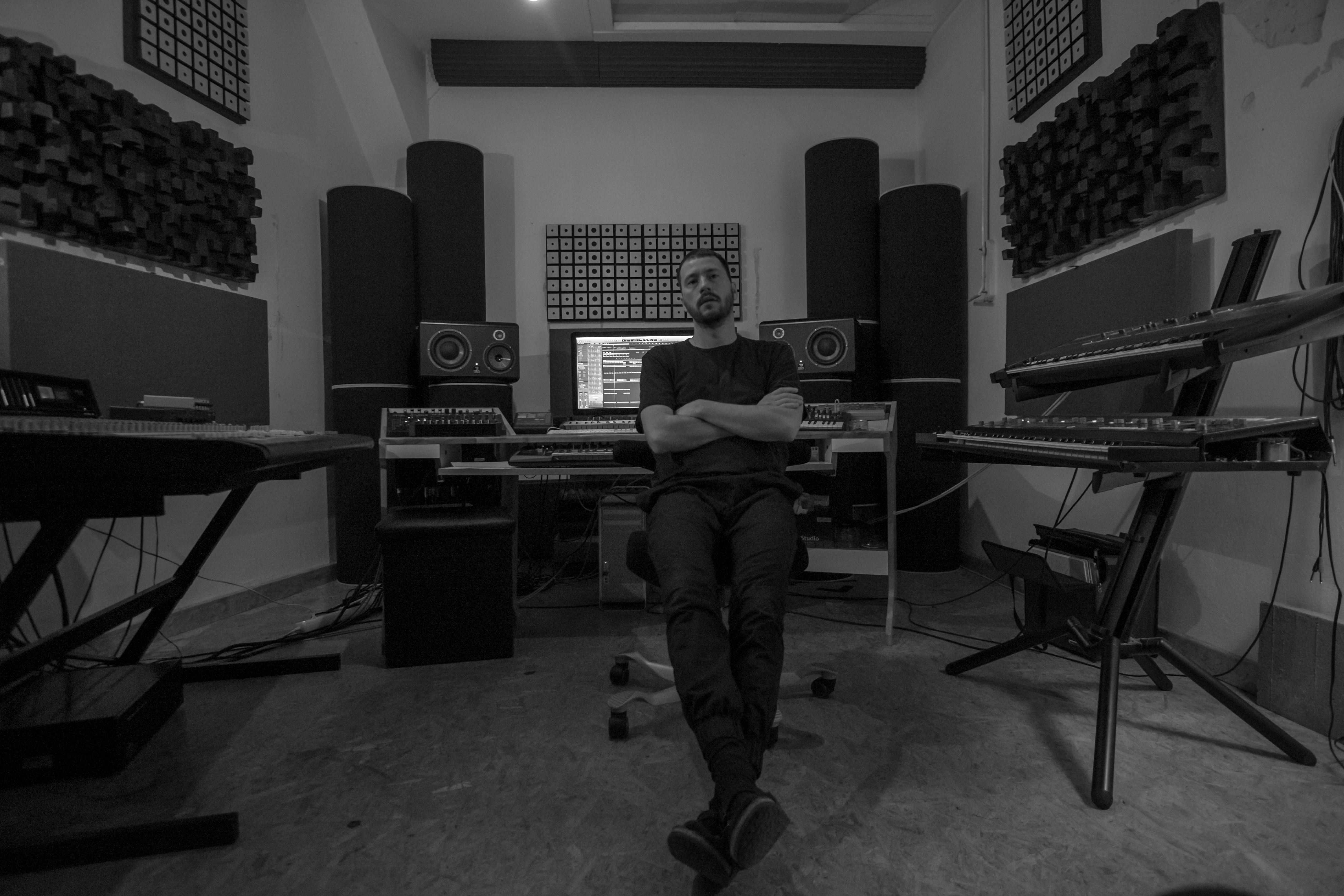
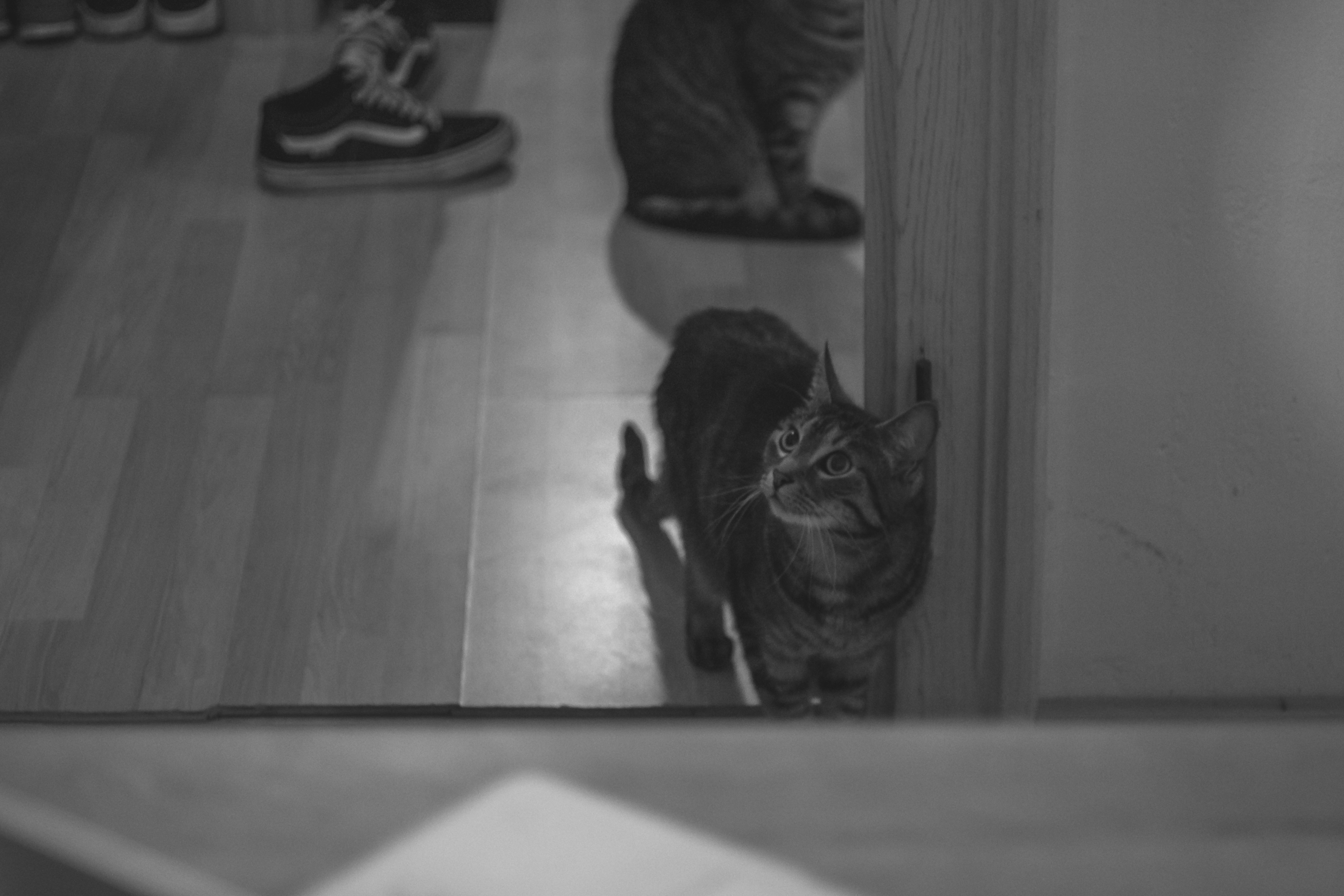
The diversity in Bortz’ catalog is something that must be first be addressed. In his one other interview of particular note, a 2012 feature with Resident Advisor, Bortz was referred to as a “deep house” artist. The reasons for this are simple: following a string of productions and bootleg remixes, including his wonderfully slow Heal The World EP and an infamous edit of James Blake’s “Limit to Your Love,” this was a time when he was beginning to get real traction, and it would have been ludicrous to have labeled him as anything else. He has, he says, always harbored an appreciation for low–BPM house music, but this was just a period in which he found himself in a particular “groove” that he wanted to explore in the studio. “I just took the chance to release some slower stuff, bringing some inspirations from my background in downtempo and trip hop,” he continues. Reflecting on his recent output, however—most notably the Bella Avgvsta series—and having heard the copious amounts of unreleased or unattributed material on his computer, it’s clear that the deep-house tag represents just one small side of an exceptionally talented and versatile producer. Included within this collection are numerous minimal-house records, influenced heavily for his enchantment with the Perlon imprint (“It’s one of my favorite labels,” he says), some techno that wouldn’t feel out of place on a Berghain dancefloor, and even downtempo beats akin to Nicolas Jaar or Valentin Stip. Buried separately are even some hip-hop tracks, recorded under his Danny B alias alongside his undisclosed “famous rapper” friend who lives nearby. It’s an eclectic and marvelous collection of work.
“From the very beginning, I’ve always been the kind of guy that when I find something interesting, I want to know everything about it.”
To understand the source of this exquisite diversity, it is necessary to rewind to the start. “From the very beginning, I’ve always been the kind of guy that, when I find something interesting, I want to know everything about it,” he says. “I just want to know how it all works.” Having established an enchantment with music at a very early age—inspired in part, by his father, a psychedelic rock artist, and his mother, a “punk who loved music and went to rock gigs”—his production today can be seen as a continuation of this exploration. His earliest memories in music were The Rolling Stones (“I was the biggest fan,” he says) and West Coast rap like N.W.A, but his infatuation led him through several different phases, including rock, hip hop, disco and jungle. “There were so many opportunities to find interesting music. I was just searching for new mixtapes everywhere I went,” he says. “When I was 11, my mother gave me money for food and I just used it to buy records!” It is this array of influences that presents itself through his growing catalog of productions. “I get bored quickly and need to try new things. That’s my weakness,” he says.
In this sense, production is just an ongoing process of self-development. On more than one occasion, Bortz refers to himself as a “nerd with social skills,” something that becomes more apparent as time passes. While he can produce a seemingly endless array of records, he has no filing process and struggles to find any of his sketches. Sitting there, watching him fiddle with the gear—with his two cats besides him, a cup of jasmine team and, almost always, a joint in hand—it’s clear that his motivations for making music are almost purely internal; he wants only to learn new skills and develop a greater understanding of the production processes. Commercial validity is strictly a secondary concern. This is true of many artists, of course, but what is striking about Bortz is just how little he is influenced by trends or convention. He feels no obligation to move to Berlin, or somewhere else with a more vibrant electronic music scene: when he is in his studio, the external world is entirely irrelevant. “I just want to be good; I want to satisfy myself,” he says. “That’s all.” It just so happens that the fruits of this exploration have always been well received.
It’s hard to deny that his releases have always been on point. The Bella Avgvsta series, the last edition of which hit the shelves just last month, arrives at a time when tech-house is especially prominent, advocated by the likes of Mano Le Tough, Joy Orbison, and the Innervisions clan—all of whom have expressed their appreciation for Bortz’ works by playing them out. One does not have to look far for a video of Dixon playing “Don’t Disturb Bjorn,” while Mano Le Tough’s adulation for “Don’t Forget Your Sword” is similarly documented. In line with this, it’s doubtful that Bortz’ most notorious deep-house tracks—including “Boyz 2 Men” and “Can’t Sleep At Night”—would find such a hospitable home today. Besides this desire to push himself artistically, his studio time is directed towards tailor-making tracks for his DJ sets. “They have to be functional,” he says. “They have to be ready to be played out.” Given this, it’s no coincidence that his productions have remained so current.
Connected to this musical exploration is Pastamusik, the Munich-based label he co-runs with Michael Weiss and Richard For-Rieger (a.k.a. Annette Party). The imprint was founded in the late ’90s, but Bortz was invited to come on board after the release of his debut EP, 2007’s Südwind. “Richie and I quickly became friends because we share the same musical vision,” says Bortz. “It just made sense that we do it together.” Overlooking the occasional release on Innervisions or Permanent Vacation, almost all of Bortz’ releases have been shared between Pastamusik and the Berlin-based Suol Music. His ties with the latter have now been broken, but his relationship with his Permanent Vacation, Innervisions, and Pastamusik “families” remains as strong as ever. While it is the former that will host his next release, the latter plays an important role in allowing him to continue his creative development. “Even if they’re not perfect, you learn a lot from your releases,” Bortz says. “I’ve got a lot of respect for people like Mountain People or who have a distinct sound signature— but I am not like that.” The small size and eclectic nature of Pastamusik, he says, allows him to explore these different creative urges absent of pressure or concession. “There are no expectations, because it’s a more independent label. People don’t really know about it,” he says.
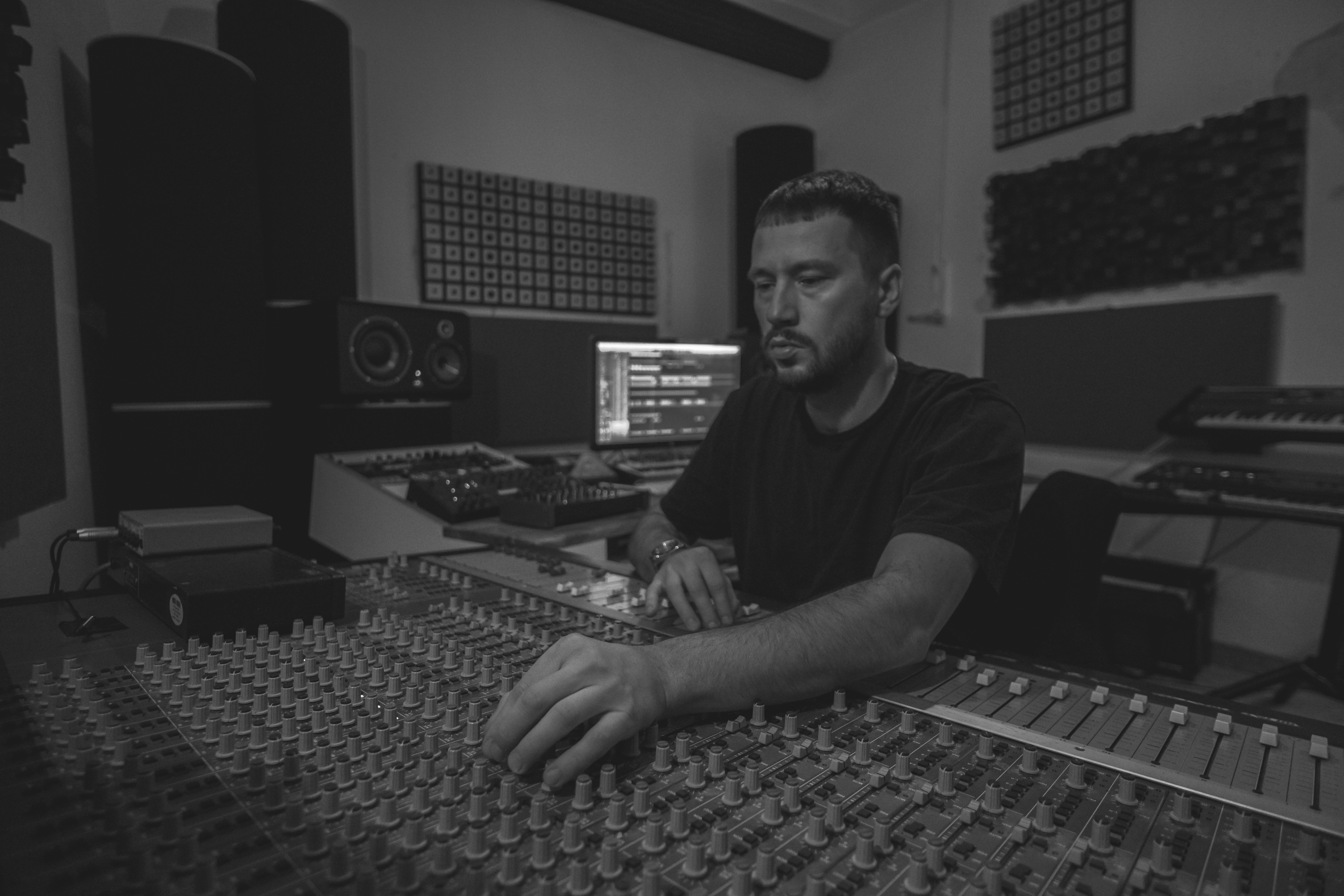
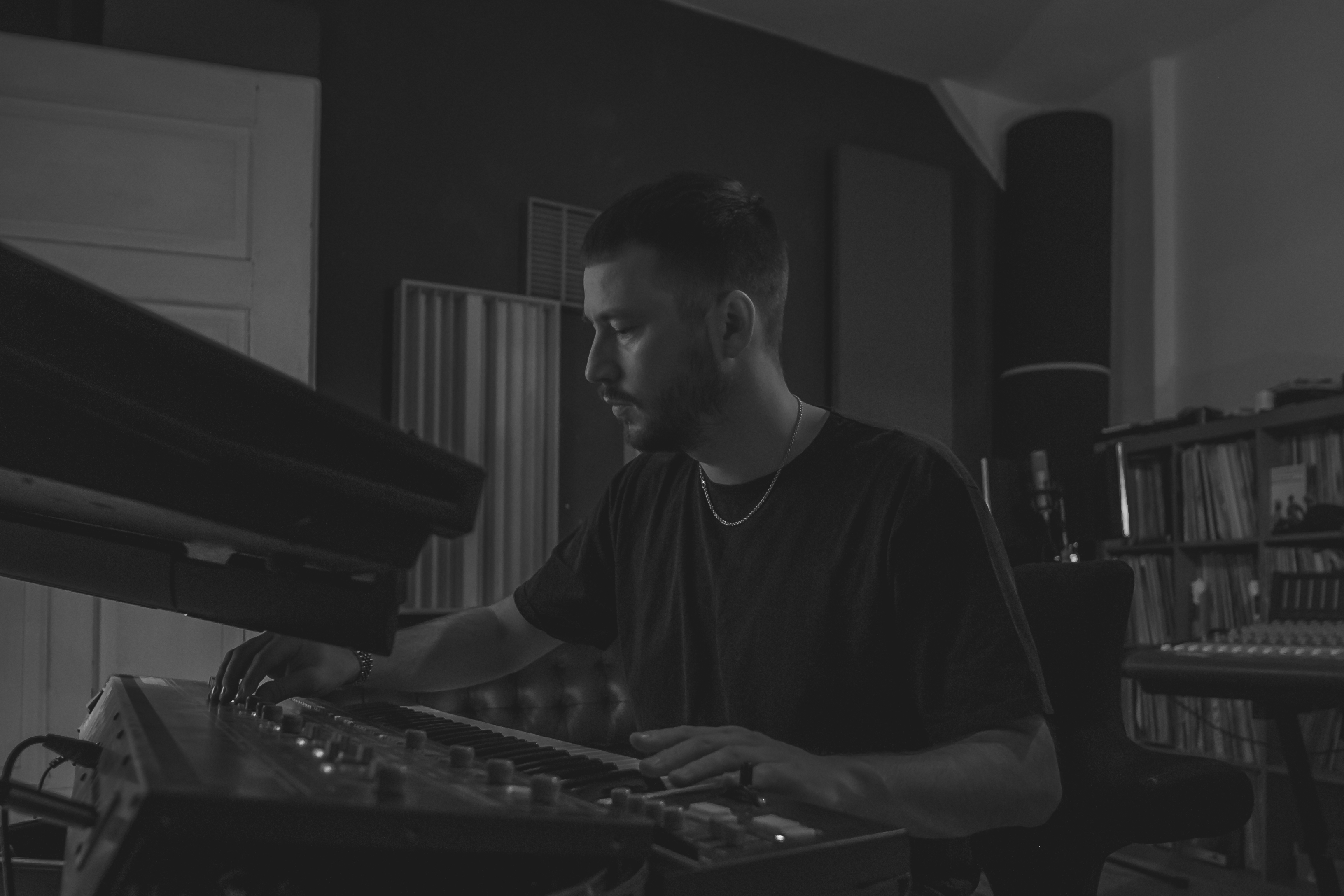
The true extent of Bortz’ musicianship reveals itself as he discusses his production processes. Each track, he explains, begins as an entirely blank canvas. Although there will sometimes be an identifiable“feeling” as he enters the studio, he finds it challenging to curb the specific style or genre of the product. He will spend time each day developing these sketches—some will take hours; others months—before saving them on his hard drive. Some of these tracks will then be played out—or “tested,” as he calls it, with a view to future release, while others will be stashed away indefinitely. “Steady Note,” for example, was played out by Bortz alone for over a year before its 2014 release on Pastamusik.
The problem with this process, he explains, is that it is extremely difficult to complete a conceptual album because he cannot find the sonic continuity in his studio output. It would be easy to chalk this down to lack of discipline, but he is a man who is led by his creative urges. His debut LP, Patchwork Memories, earned its name because it is a collection of tracks—memories—produced over a considerable time period that came together to form one single body of work. “I didn’t intend to produce an album,” he says. “I just had a bunch of sketches, and I thought I should mix them together to make an album.” The same is true with EPs: when he has a track that he considers worthy of release, he will then delve into his deep storage of works to find one of a similar mold. For this reason, the specific tracks on his releases tend to vary stylistically and will rarely, if ever, share a common date stamp.
That being said, his creativity will sometimes go through “phases,” he explains. “When I am going to produce techno, I’ll have a certain atmosphere or ambience in my mind.” Most recently, the Bella Avgvsta series, which roughly translates to “Beautiful Augsburg” as a testament to his home town, is a rare example of this continuity. “It wasn’t a conscious decision at first,” he says. “It just all came together.” In the same way as Patchwork Memories, there was no preconceived idea to release the series. Instead, a steady course of studio sessions gave birth to a string of new tracks, all of which shared a similar sonic identity—although, even on these releases, this link is a little nebulous. Instead of releasing it as another album—because “it’s all club music”—the decision was made to roll it out on separate EPs. Bortz explains that he may add to the series should he rediscover a similar window of creativity in the studio. “There’s no limit, so who knows?”
While the sonic output of these periods might seem entirely random, the source, Bortz says, follows a common pattern. “I try use changes in my equipment to trigger my creativity,” he says. His series of acclaimed bootlegs, all of which were released under his D.B moniker on Keinerechte, a sub-label of Keinemusik, stemmed from a Logic update that included a time-stretching function. The change can be as simple as an addition of a new synth, or even a breakage. The breakage of the fader on his Jupiter synth, he says, was sufficient to spark another period of creativity.
“With all art, limitation is the best thing that you can have.”
If there is a common thread in his work, it is this reduced sound. He believes in DJ Koze’s slogan: “If you can’t delete anything more, then it’s OK.” His whole processes—the center of it all, he says—is “limitation.” “With all art, limitation is the best thing that you can have.” This theory applies on two levels: what he uses, and the way that he operates it. First, although the hardware equipment that he has may be plentiful, it is carefully selected. Almost all of Bortz’ earlier productions were made using an MPC. “That’s a fucking limitation because you have to sample all the sounds, and then you don’t have the capacity to do other stuff,” he says. Second, Bortz is extremely conscious of not overcomplicating his methods. “I try to keep a limitation on how I use each piece of equipment,” he explains. To give an example: he will make tracks using just his MiniBrute. “I create the sound, and then I double the plug-in, and make little changes, which makes a difference. For me, that builds a sound identity.”
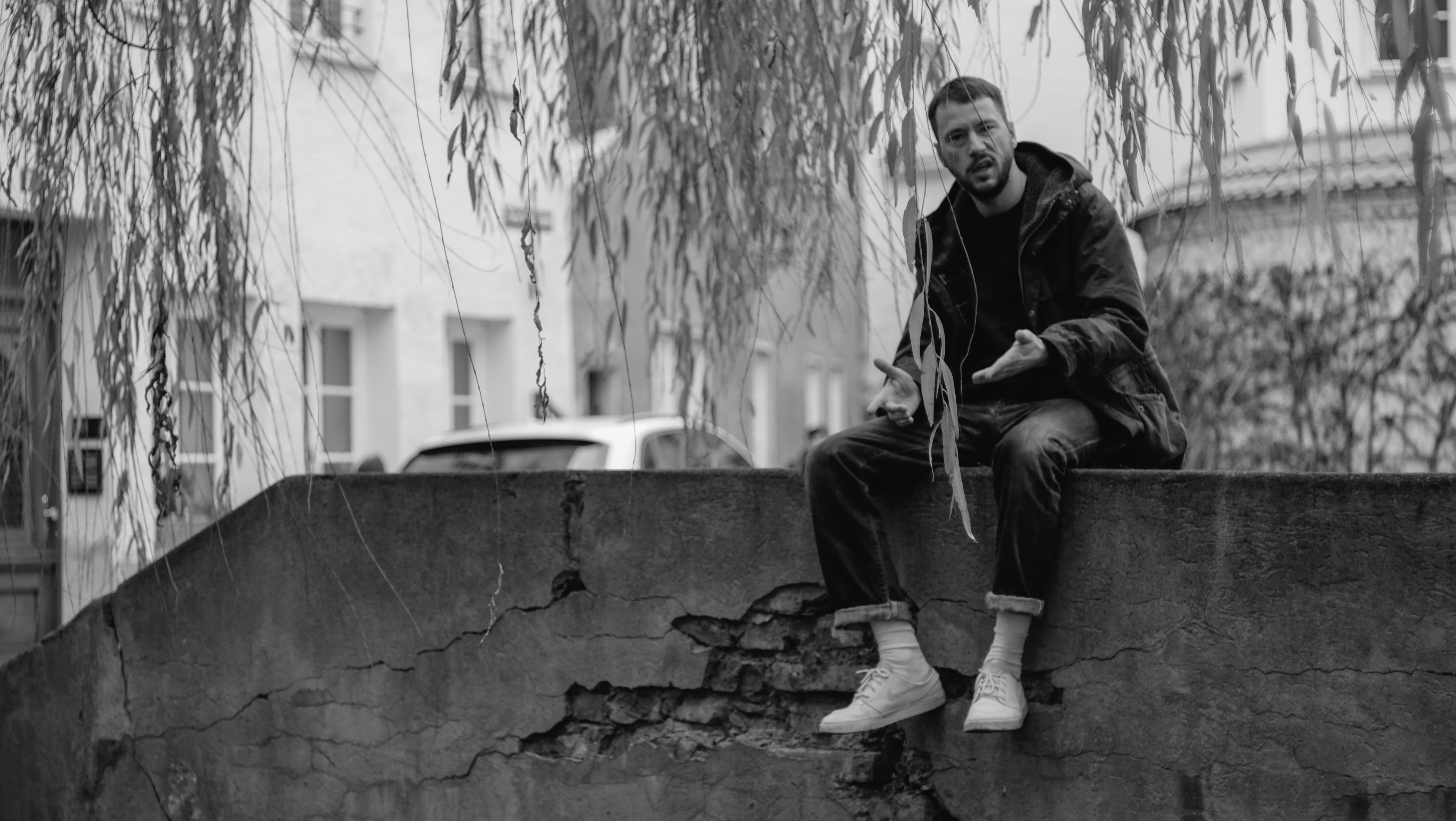
Reflecting on Bortz’ profile as an artist, it’s hard to escape the feeling that he has not progressed as much as some had expected. Following his production successes of 2011—his “breakthrough year,” according to Resident Advisor—he was voted at number 70 in world’s top DJ, and then number 90 the following year. Since then, his name has remained largely out of the spotlight, distanced considerably from those who forge lucrative careers from playing much of his music. Despite a active touring schedule, rarely, if ever, does he share flyer space with the world’s biggest names, be it at festivals or even intimate club showcases. He also has a residency at one of the clubs in his home town. Though he began DJing at just 14 years of age, it’s fair to say that his skills in the studio trump those behind the decks—but this impediment is also, in part, down to his own accord. Hidden beneath this nerdy, immensely creative character is a rebellious streak, something, he says, that can be traced back to his youth. During his teenage years, he recalls, he became heavily involved in drugs, and clubbing became a form of escapism from the struggles at home. “I was always into anti-police, anti-societal stuff,” he says. “My mother was like that, too.” The decision to avoid press and release his “hits” (the Bella Avgvsta series, for example) through his small Pastamusik imprint may not be conducive of widening a fan base, but it is symbolic of his aversion to the commercial nature of the so-called underground scene. “I am not trying to rebel; it’s just how I feel,” he says. Having grown up going to illegal raves with “super crazy music in small venues,” he explains that he feels uncomfortable in this sort of world. As a result, he has a reasonably small, but extremely loyal fan base.
It could also be argued that the success and diversity of his productions may have actually stunted his growth. Artists today are brands, and “brand Bortz” is quite “blurry,” as a friend commented recently. Although the sound of the leading artists vary stylistically, the output of each one will actually be quite clearly defined: while Ben Klock’s sound, for example, will vary from a dark and twisted set at Berghain to a slightly lighter one to close Coachella, the output will invariably sit firmly within the realms of traditional techno. You always know what you’re going to get. A similar thing can be said for Dixon, Tale Of Us and all those perched at or near the top. Even for these artists whose styles are more wide-ranging, there is a strong brand image that has been created through careful management. Bortz, however, is different: the success of his productions has created two different identities—one a deep house artist; the other more techno—and this lack of clarity in his profile and direction can be confusing to both promoters and those who pay to see him. Bortz himself explains that he wants to play techno but that he still receives requests for tracks from his album. “That stuff just doesn’t fit into my sets right now,” he says. “I want to play my new stuff because I want to test it. I want to prove it works,” he says. In addition to this, Bortz’ fans want to hear him play their favorite tracks of his. Given that most of his sets are limited to two hours, there is only a certain window in which he can exhibit his vast musical knowledge.
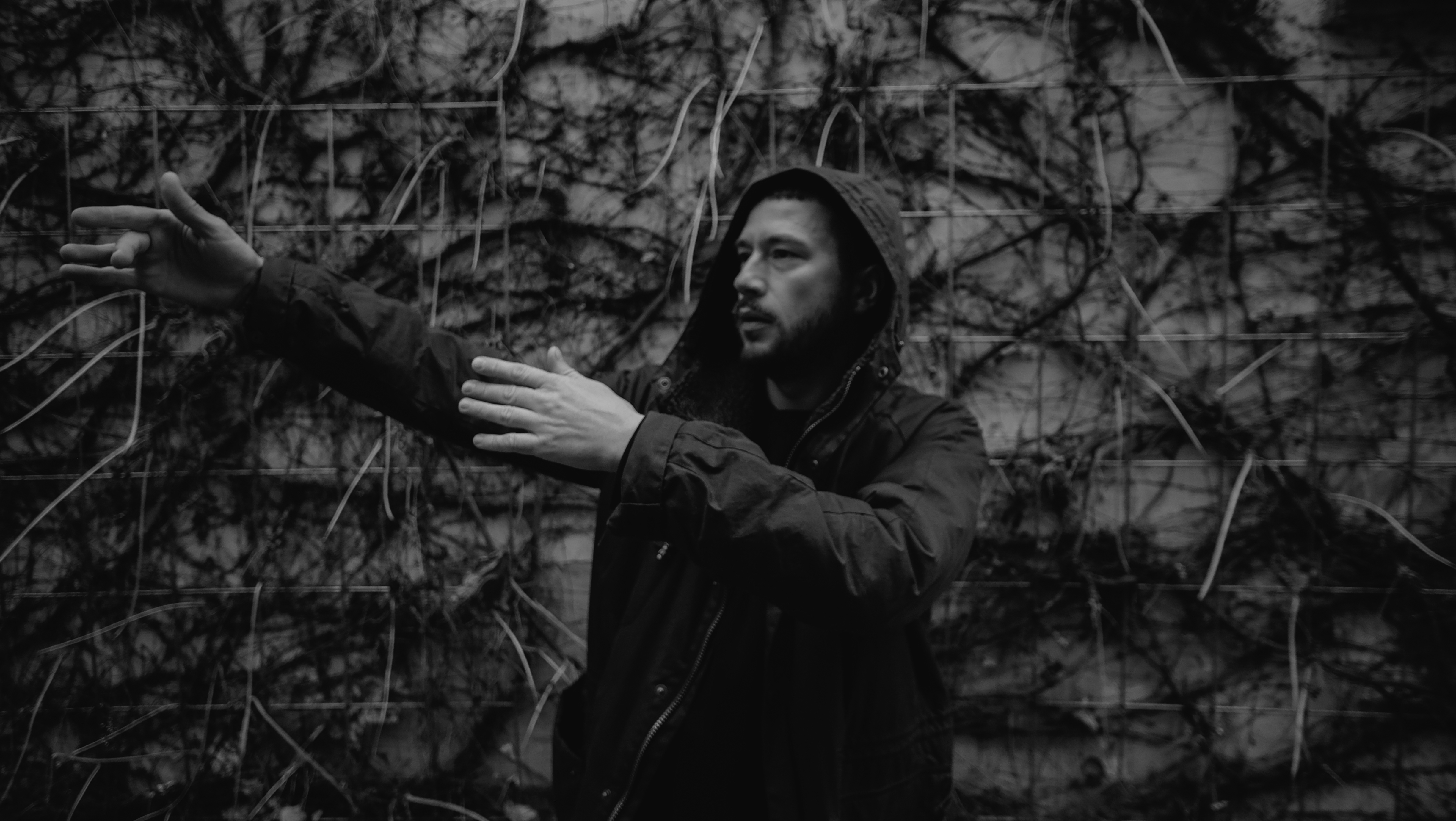
None of which is to say that Bortz is at all dissatisfied with his status today. He explains that he would be open to playing some of these bigger events, but that he “has a lot of good gigs” and “lots of positive feedback.” Issues with his diversity he says, are down to crowds “not informing themselves” about his output, and that is his role to continually evolve as an artist. The real gift, he says, is that his DJing allows him to test his new music, something that plays an invaluable role in the success of his productions, and also spend time in the studio without any restraints. “This makes me really happy,” he says. “I can’t live with the pressure of doing music because I have to.” One of the reasons he adopts different monikers is to escape the expectation that comes with the name. Interestingly, he references David Bowie on several occasions: “He was always creating something new, always trying new things,” he says. “That’s real musicianship. It’s a strange thought that contentment can be found in such a simple way. Even for the most authentic of artists, international acclaim and bookings are often used as measuring sticks for success, but this seems close to irrelevant to Bortz; he is happiest locked away in his home studio, carefully perfecting his craft. “If I am not successful in the future then I will just do something else to earn money,” he says. It’s a romantic thought—but, for Bortz, this freedom to explore really is enough.
All photos: Andreas Haimerl

